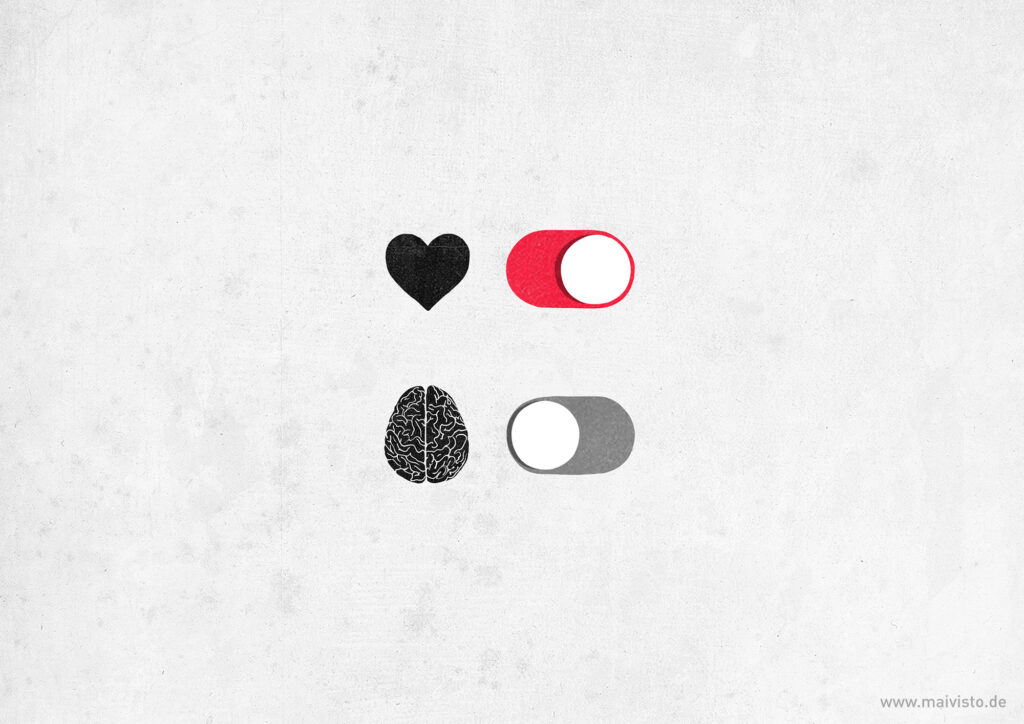One student said that she always feels guilty when she tries to copy work from her role models and lacks the motivation to start. “It’s not even my work.”
My math teacher at school once said, “Go ahead and make your cheat sheets. Write down the formulas, the example calculations, and the solutions. Then before you enter the classroom, throw the slips of paper in the trash can.” She knew that something was already happening in our minds when we write things down, and more of the subject matter sticks.
It’s the same with creative work. Let’s copy, trace, and replicate our heroes’ work as many times as possible. Eventually, something magical happens. The more we copy, the more a secret ingredient gets mixed in: It’s ourselves. In the process of creating, it is impossible to prevent our personality, our view of the world, our interpretation, our handwriting, our attitude from flowing into the work.
There is also nothing wrong with sharing this work with people, as long as we include the source of inspiration. There is hardly a greater and more flattering compliment than reading “Illustration based and inspired by one of my favorite artists Sergio Ingravalle.”
Only when we copy work and put our name on it, it’s like slowly pulling the cheat sheet out of the pencil case during the exam and painfully straining our eyes.
